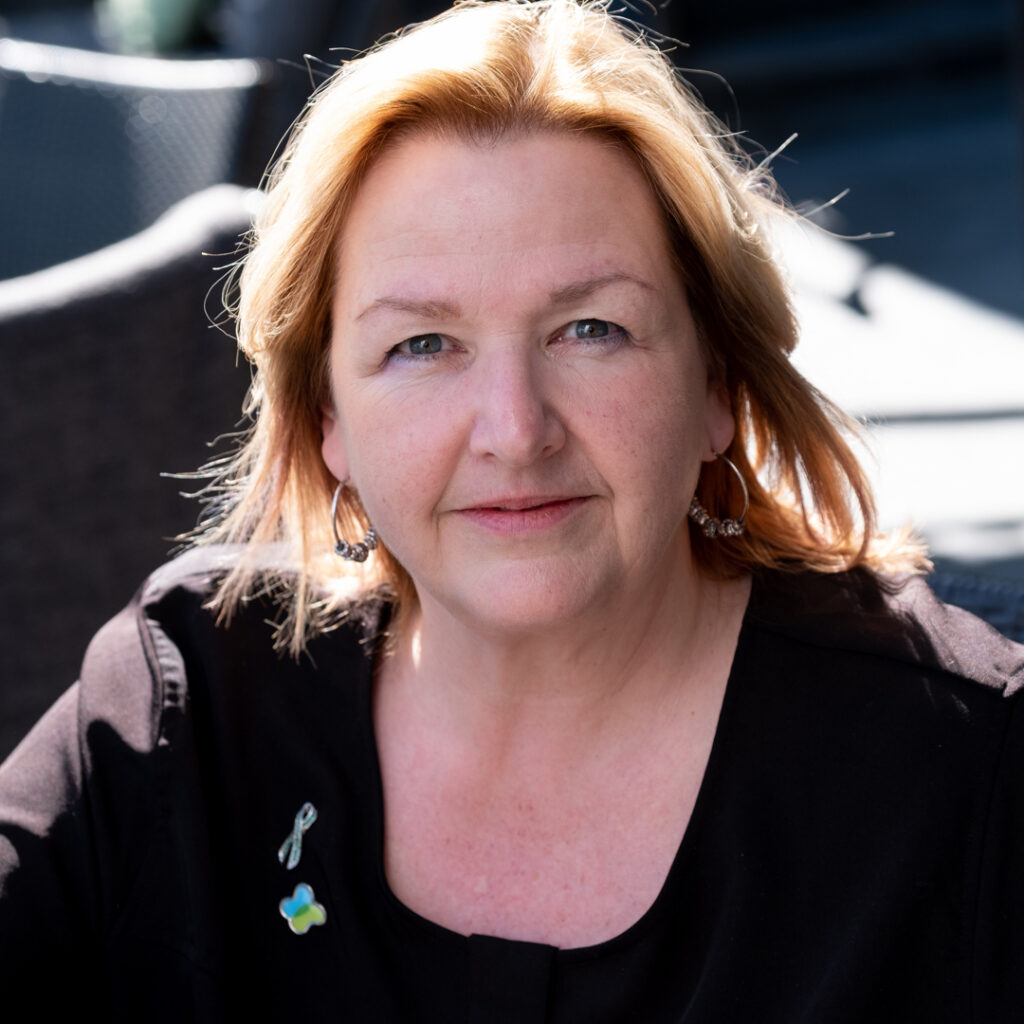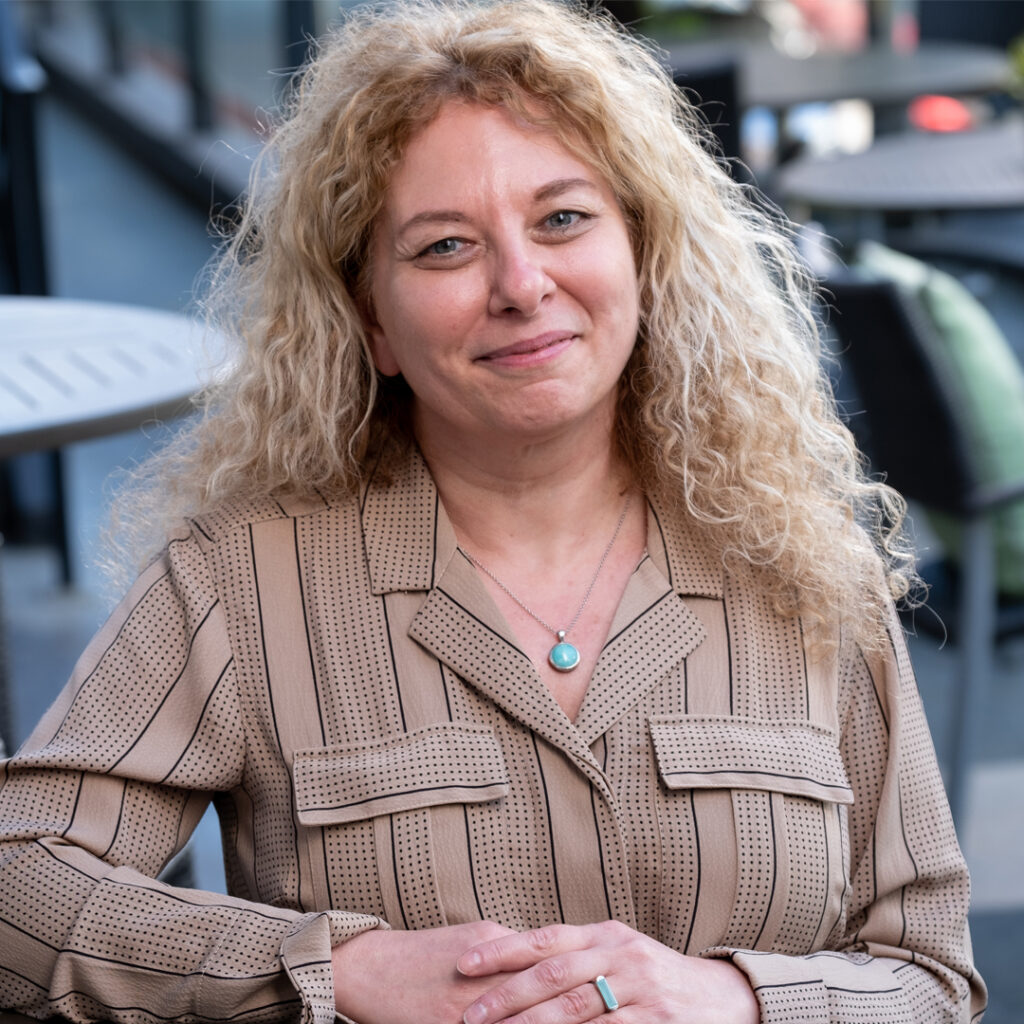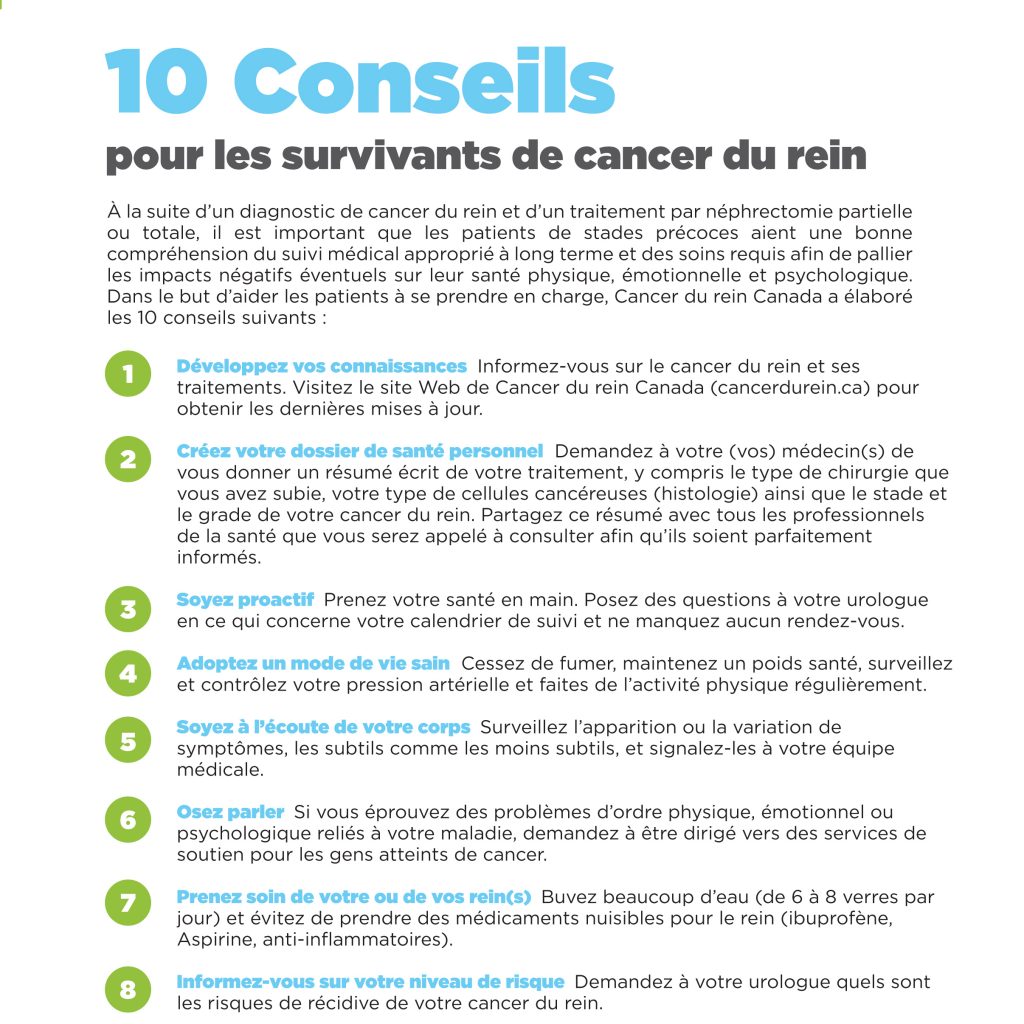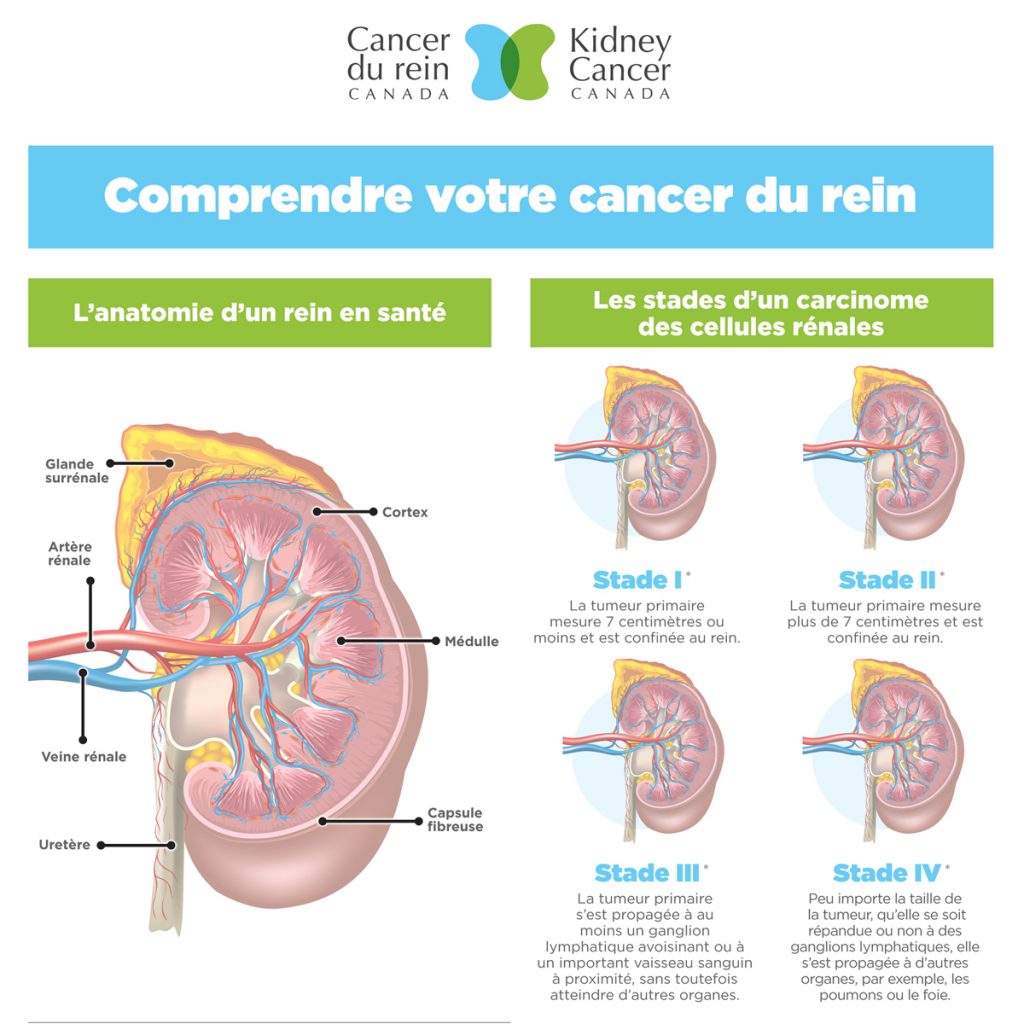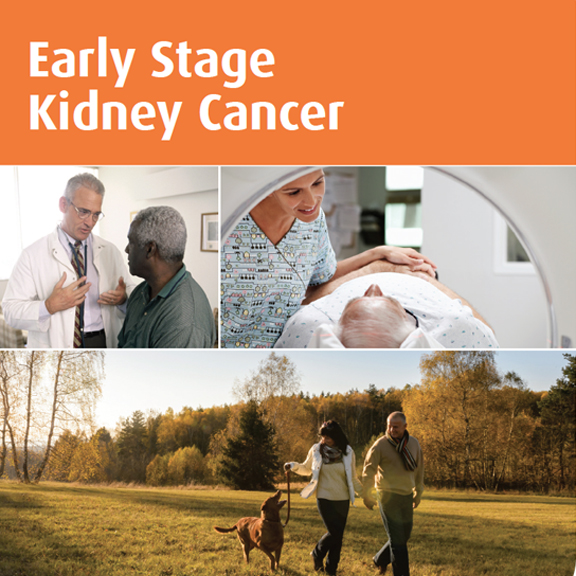- The area of the body that contains the pancreas, stomach, intestines, liver, gallbladder, and other organs. The kidneys are located behind the abdominal cavity.
- Partie du corps qui renferme le pancréas, l’estomac, les intestins, le foie, la vésicule biliaire et d’autres organes. Les reins se trouvent derrière la cavité abdominale.
- The use of other therapies after performing surgery for cancer. Adjuvant therapies are given when there are no obvious cancer cells remaining but a patient is determined to have a higher risk of having a recurrence. It is given in order to reduce the risk of a cancer recurrence.
- Recours à d’autres traitements après une intervention chirurgicale en raison d’un cancer. Des traitements adjuvants sont administrés quand on n’est pas certain que toutes les cellules cancéreuses ont été détruites, mais qu’on a établi qu’un patient présente un risque plus élevé de récidive. Ils sont administrés afin de diminuer le risque d’une récidive du cancer.
- A condition marked by extreme tiredness and inability to function due to the lack of energy.
- État caractérisé par une lassitude extrême et une incapacité à fonctionner en raison d’un manque d’énergie.
Médicament utilisé pour le traitement des cancers du rein de stade avancé qui est aussi à l’étude dans le traitement d’autres types de cancer. Il s’agit d’un type d’inhibiteur de la tyrosine kinase, d’un type d’inhibiteur du récepteur du facteur de croissance de l’endothélium vasculaire (VEGF) et d’un type d’inhibiteur d’angiogenèse. Sutent est administré par voie orale.
Liquide constitué d’eau et de déchets. L’urine est produite par les reins, emmagasinée dans la vessie puis évacuée à l’extérieur du corps par un tube appelé l’urètre.





